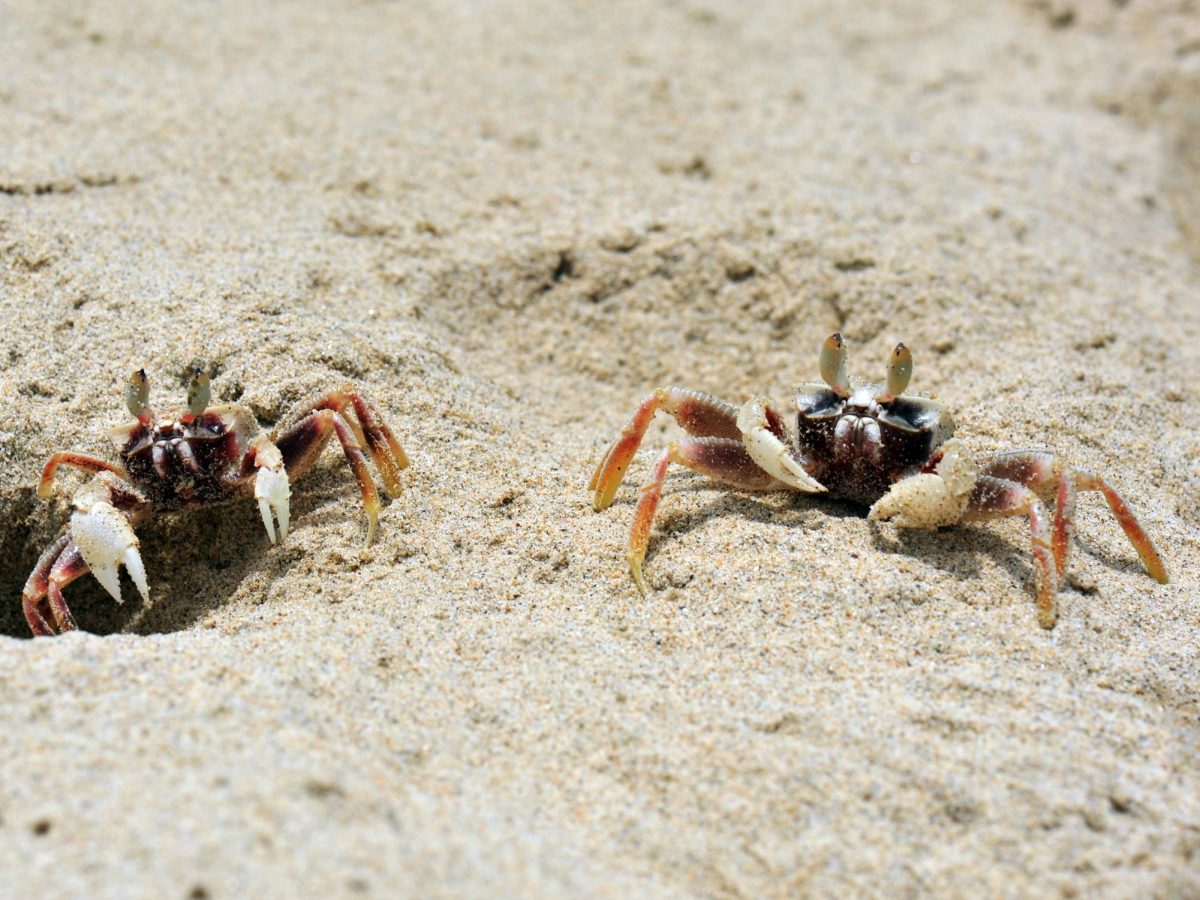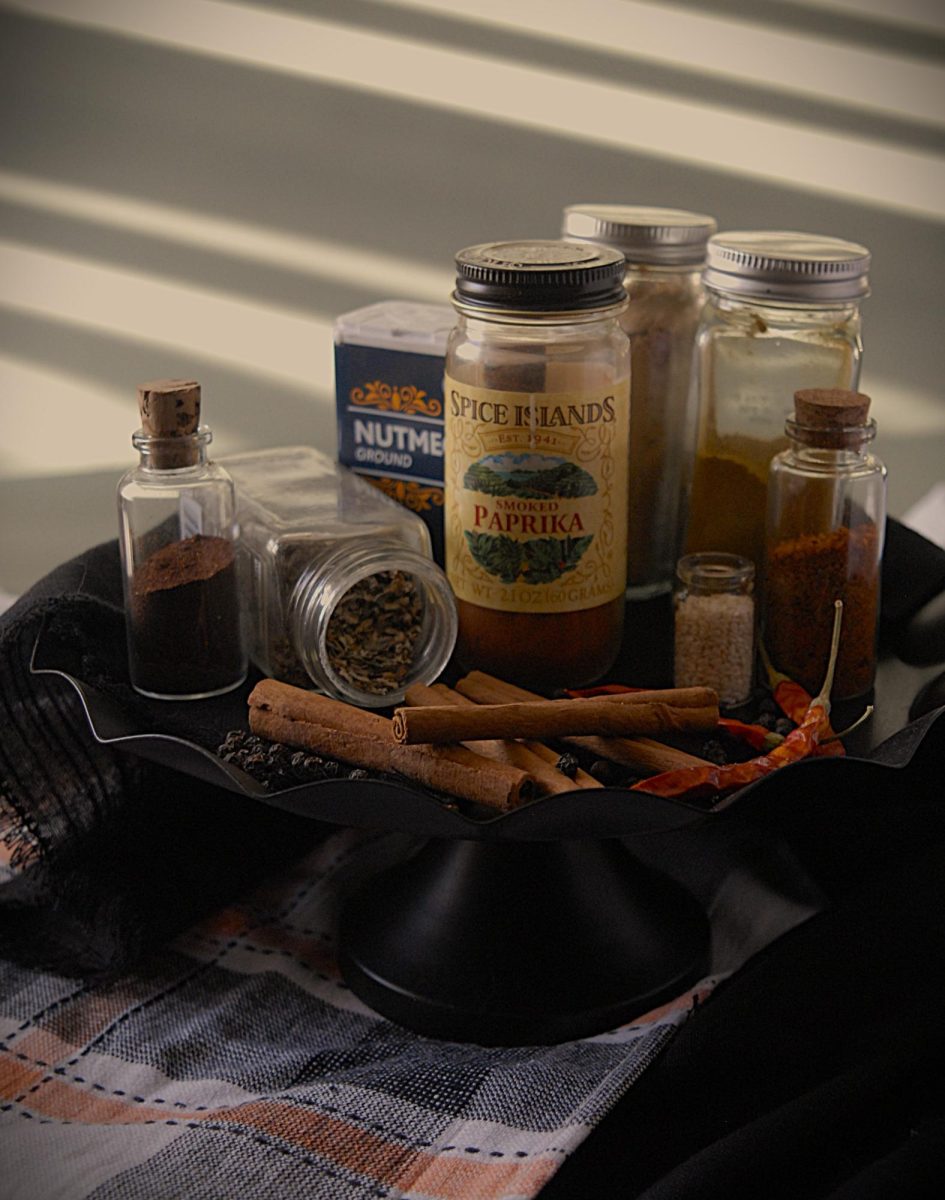Computers are getting expensive; if you want the most recent graphics card alone, it’ll cost a thousand dollars. When you factor in other components like motherboards, price can become daunting. I present to you an article that focuses on an unconventional approach to PC construction—using crabs. This alternative is cheaper, cuter, and edible.
Believe it or not, in 2012, scientists from Japan and England came together to create a computer made entirely of crabs. The team, consisting of Yukio-Pegio Gunji, Yuta Nishiyama, and Andrew Adamatzky, outlined their process in a paper called “Robust Soldier Crab Ball Gate.” Their creation has been dubbed the “crab-puter.”
The mechanism driving this computer is how soldier crabs act when they swarm. Basically, when groups of crab bump into each other, they join together to form a bigger group and move in a direction consistent with their combined speeds. The scientists compared it to the way billiards is played, which is interesting because researchers had tried making a computer with billiard balls before.
By making use of the way the crabs move together in groups, the scientists created three logic gates: AND, OR, and NOT. The crabs, driven by the fear of a hungry bird flying above them, successfully moved through these gates similar to how a regular computer transfers information.
Now, to build your crab computer. To begin, let’s cover the basics: Professor Ethan Mollick suggests that around 80 crabs are needed to operate a logic gate, and a byte contains eight gates. This piece of information forms the foundation for the rest of our discussion: there are 640 crabs in a byte.
A Twitter user already shared an estimate for the number of crabs required to run DOOM (1993), but my calculations differ a bit. I found that you’d need approximately 1.5 billion crabs to handle DOOM’s 2.39-megabyte (MB) file. Before dismissing this as impractical, consider that 11 billion crabs mysteriously disappeared in Alaska last year.
On Steam, the hit game “Elden Ring” is 60-gigabytes (GB); assuming you can get a license to use Steam, you would need 38 crabs to run it.
How much would the computer cost? Well, the Mictyris guinotae, the type of crab used for computing, weighs about six grams each. I found one of these crabs for sale at £19, which is equal to $23.31. Buying 38 trillion of these crabs would cost $894 trillion. Shipping one crab from Okinawa, Japan to Tennessee costs 3,900 yen, or about $26.31. So, the total shipping cost for all 38 trillion crabs would be around $999 trillion. Storing these crabs requires a warehouse of 15 billion square feet.
Your computer doesn’t use electricity; it runs on food. A small crab needs about five to ten percent of its body weight in food. So, each crab consumes 0.6 grams of shrimp every day, totaling $741 billion in nutritional expenses. After eating, each crab produces 0.3 grams of waste, adding up to 12 trillion grams daily, or 25 billion pounds.
Now, let’s add up all the costs. Purchasing and moving all your crabs will cost $903 trillion. The average cost of one square foot in the US is $122, totaling $2 trillion just for the warehouse. The biggest building in the world in terms of space is the New Century Global Complex in China, having around 19 million square feet – our warehouse is way bigger, about 780 times more. Getting rid of the waste from the crabs at a landfill is about $50 for each ton, making it an extra $600 million every day, on top of the $741 billion spent on shrimp.
Ignoring the environmental issues with your computer, starting it up would cost $905 trillion, and daily use would be an additional $741.600 billion. If you somehow had all the money in the world, around $3.3 quadrillion, you could keep this computer running for almost nine years. But, keep in mind, you’d be living in a post-apocalyptic world. Maybe crabs aren’t the future.















